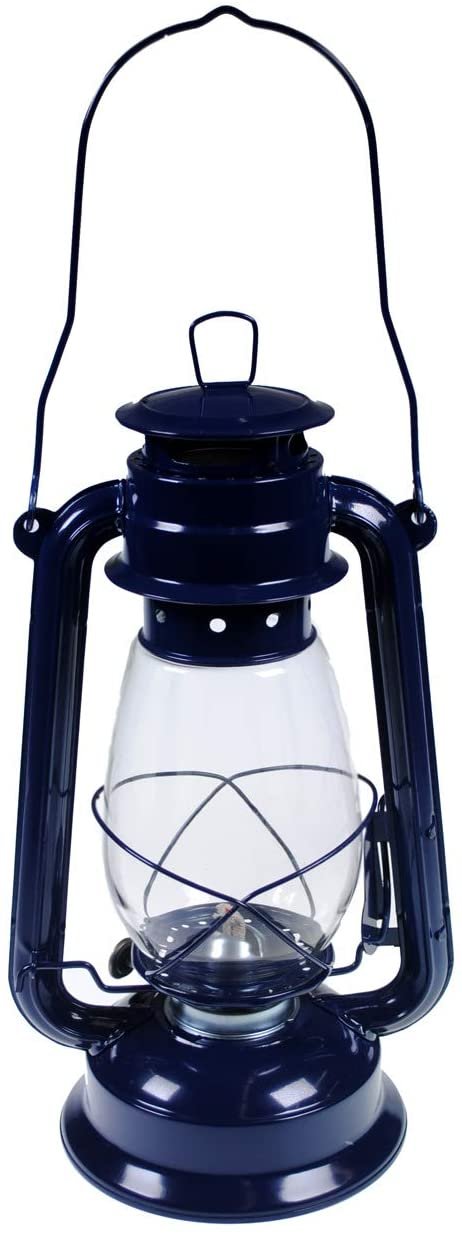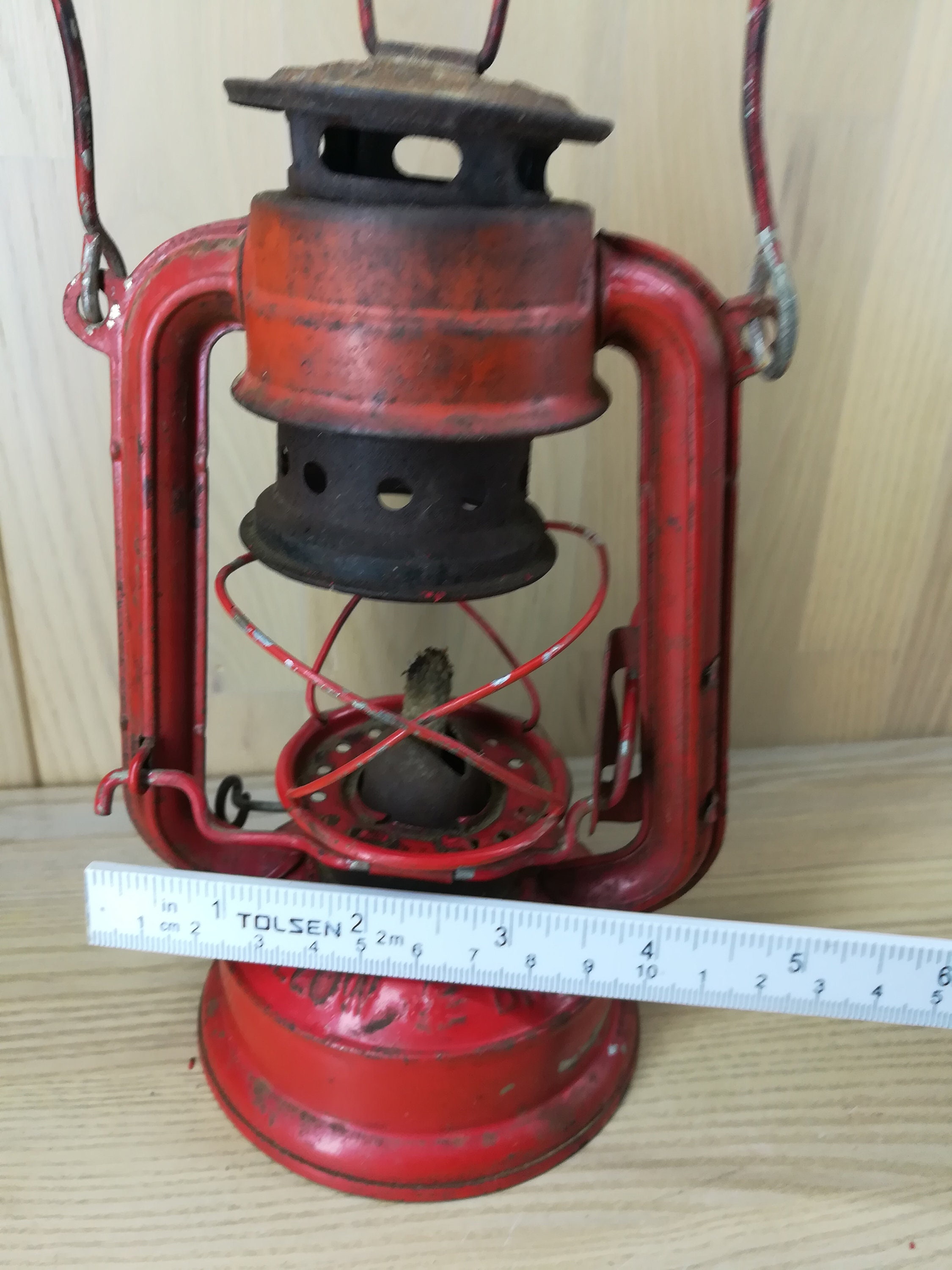

’48, and is little changed from the 242B predecessor model. Note the two pegs in the bottom bracket of the reflector to engage the corresponding holes in the globe cage bottom for attachment.Īnother lantern in Deems Burton’s collection, the 242C, is dated Aug. The black handled Coleman reflector, 220D790, fits 220C-F models. This Model 220D, in Deems Burton’s collection, is almost like new and is dated B ’48, which we think means it was made in July-Dec of that year. This was the last version to have a nickel plated brass fount and the pump is held in by two small screws, not a spring clip. This one, in Patrick Fay’s collection, is dated April, 1948, and has the original globe on which Coleman appears in large faint green letters. This lantern is in Dan MacPherson’s collection.Ĭoleman made the “D” version of Model 228 from the mid 1940’s until 1951. The brass sided, green painted fount is also characteristic of that time. The two piece stamped burner (lower image) was used on a number of lamps and lantern models for a short time after WWII before Coleman returned to cast burners.Ĭoleman likely made this Model 237 shortly after WWII, circa 1946, judging by the fount stamp they used during this period (upper right image) and the steel tip cleaner nut (lower image) used primarily during WWII.

This lantern is in John Stendahl’s collection. This early 220D has all the same features as the 228D above but is date stamped B 47. 1946) compare to the date range for Models 220C and 228C above. However, this lantern, in Jim Lawrence’s collection, is date stamped B 46 (July – Dec. This lantern is stamped 228D on the collar and has the features that one finds on other 220/228D’s of the mid 1940’s including the large valve wheel, two-piece stamped burner, and “D” version of the instruction decal. This lantern, dated B (July – Dec) 1946, is in John Stendahl’s collection. Model 228C has the same features as Model 220C above including a green painted brass fount, screw-on pump cap, and yellow lighting instruction decal. as did the predecessor 220BX/220C made during WWII.Ĭoleman only manufactured Model 228C after WWII, from late 1945 until early 1947, with some production overlap with Model 228D (below). Model 220C has a yellow decal on the fount with lighting instructions. This lantern, in John Stendahl’s collection, is dated October 1945. Kerosene lamps are also useful at times of power failure since they allow for a very strong light.Coleman stamped Model 220C on the lanterns they made from 1944 until 1947. However, they are also just pretty to keep on your kitchen table for a cosy feeling. Our kerosene lamps are produced with the purpose of adding light sources in places where there is no electricity, such as small boats, cottages and balconies/gardens. Kerosene lamps were the most common variety of lamps in Sweden in the late 1800s and the early 1900s. The lamp oil is very toxic to ingest. If swallowed DO NOT induce vomiting but contact poison control centre for guidance. Never leave the lamp unattended and keep it out of reach of children and pets. Make sure to also keep the area above the lamp, about 1 meter, free.Ĭonsider the lamp as a primary light source and not only as decoration. Place the lamp on a flat surface away from flamable material. The burner glass will be extremely hot when the lamp has been burning for some time. The old wick is pulled out from the burner from below and the new one is inserted from below and screwed up to the correct height. When the glass is straight, use the metal clamps on the burner to stabilize it.Įxtinguish the flame by slowly lowering the wick until the flame goes out or blow out the flame. Please do note that you may have to adjust the burner glass in order to get it straight. Light the lamp and adjust the height of the flame with the screw on the side of the burner. Put the burner with wick back and let the wick absorb lamp oil for approx 20-30 minutes. Fill the lamp with lamp oil, circa 2/3. Remove the burner glass and unscrew the burner. The kerosene lamp must be switched off and cold when filling. Burner Glass that fits this kerosene lamp is Burner Glass with article number 121800G.įill the lamp with lamp oil and light the lamp: We recommend Strömshaga's lamp oil (article number 100001). Kerosene lamp with handle made of brass with a nickel plating and glass top in clear glass. One wick included, match with wick article number 116210.


 0 kommentar(er)
0 kommentar(er)
